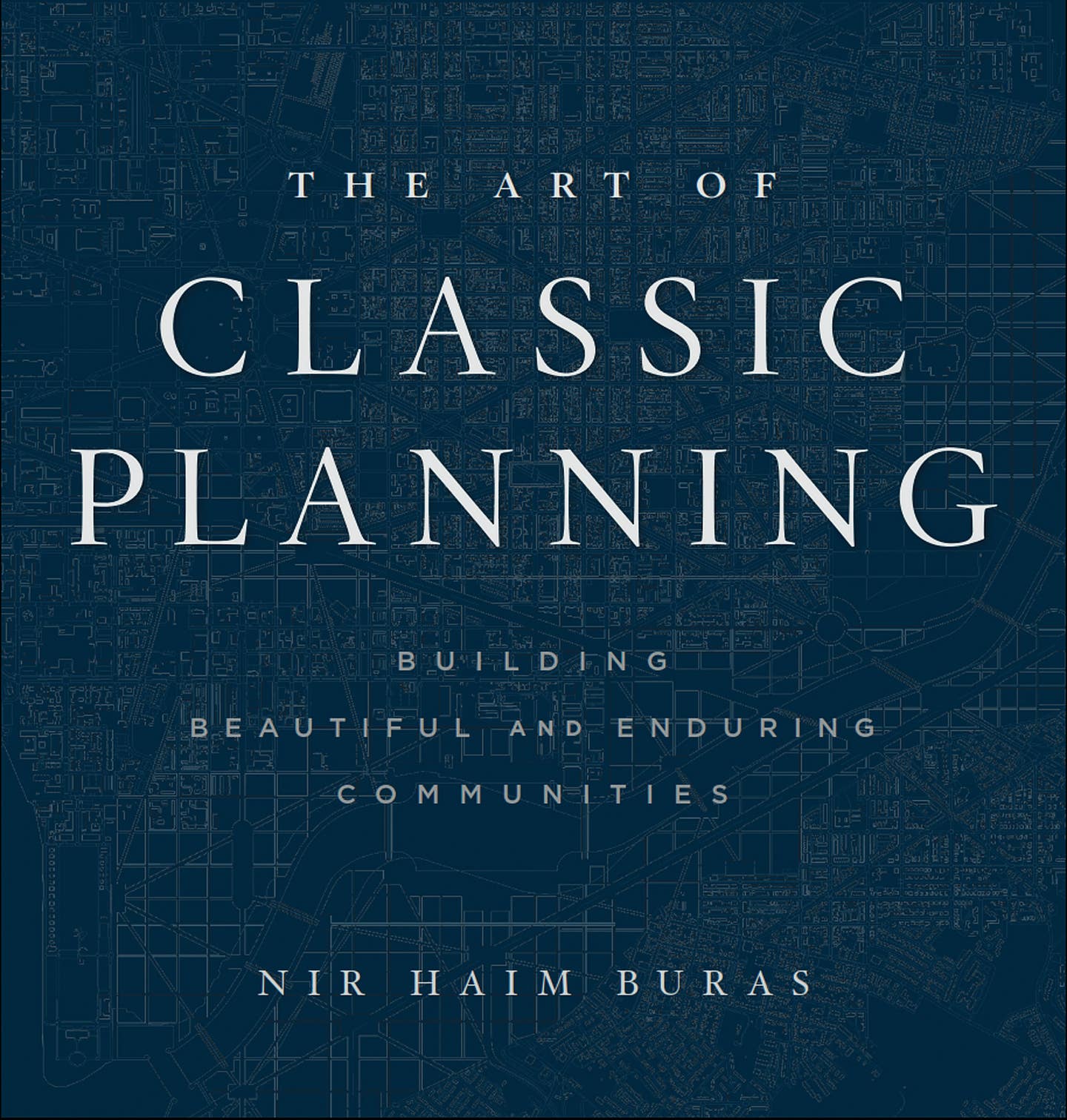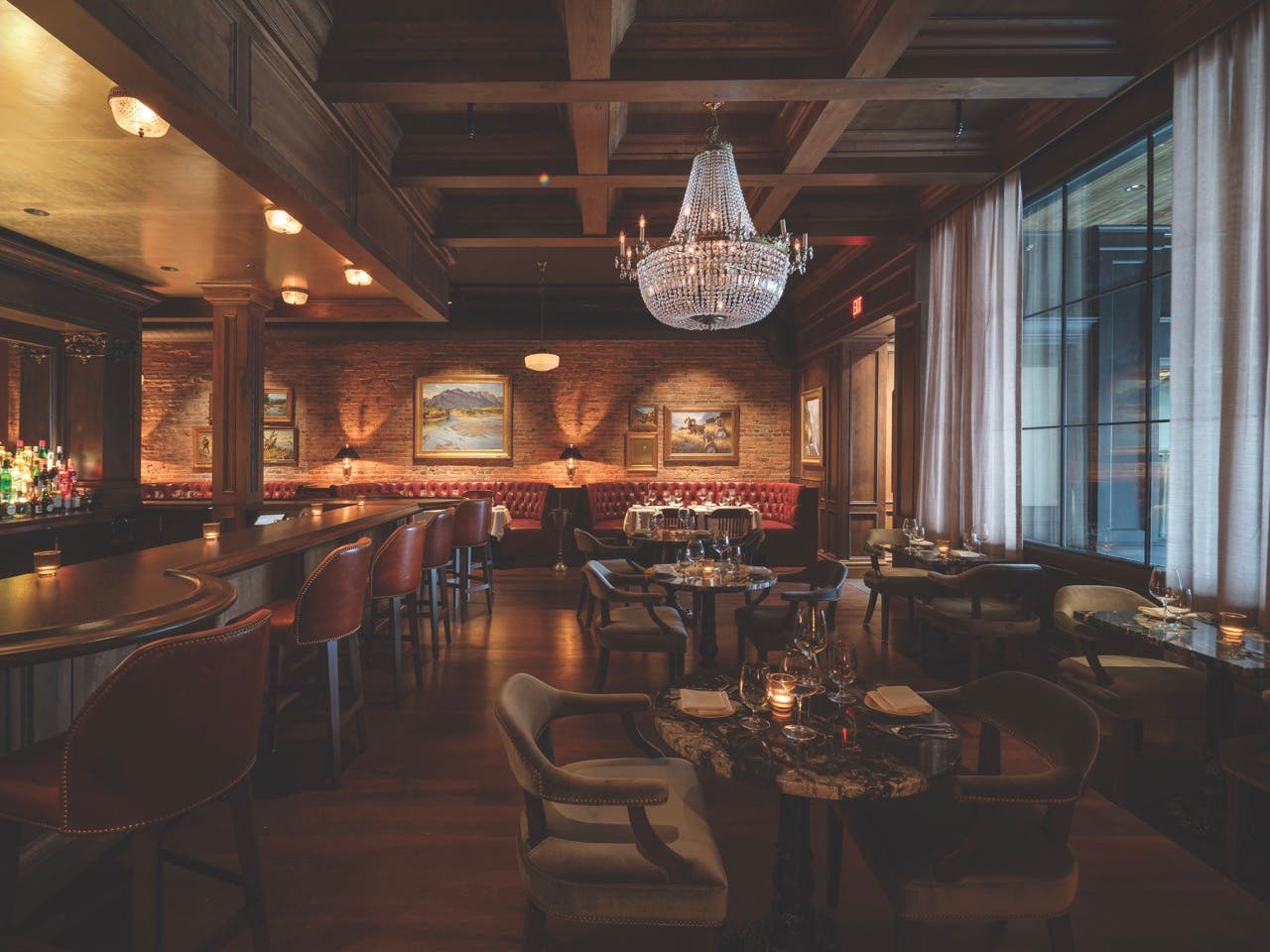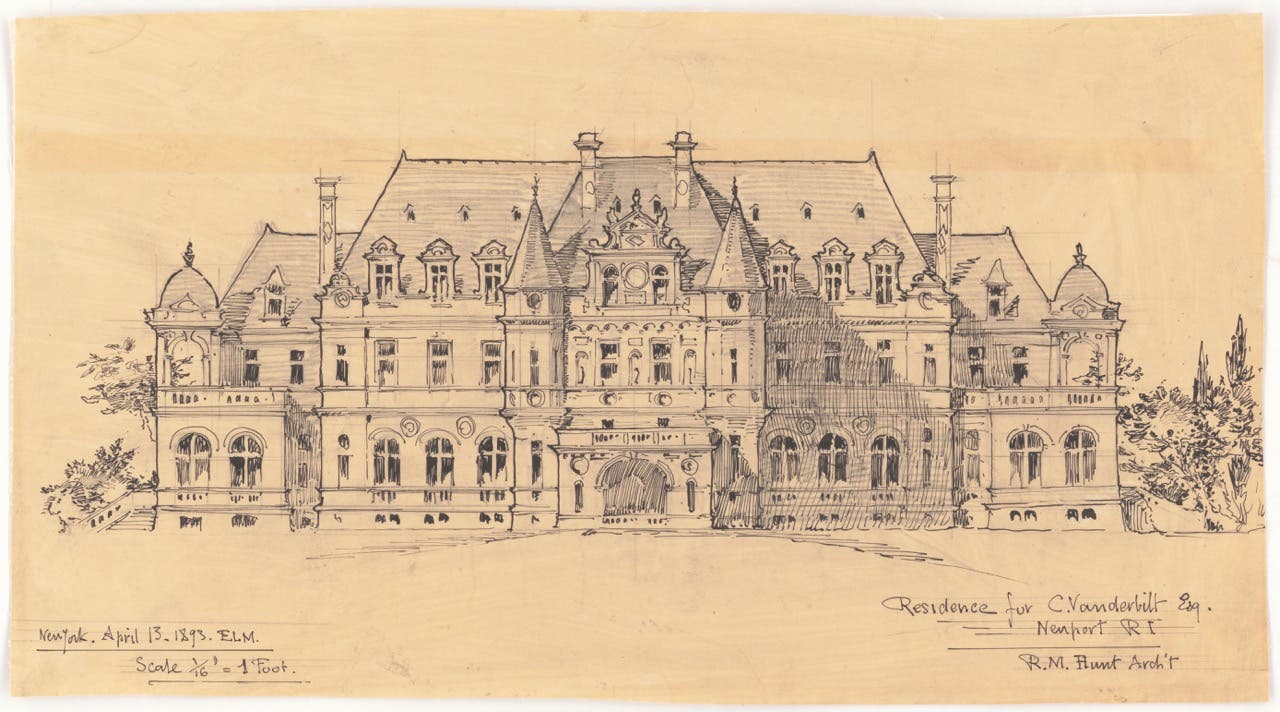
Features
Book Review: The Art of Classic Planning
As an Amazon Associate, we earn from qualifying purchases made through affiliate links.
by Nir Haim Buras
January 28, 2020
Harvard University Press
First Edition
Hardcover
Our cities are in trouble. Undoubtedly with the best of intentions every new idea under the sun has been thrown at them for the past century to solve the many problems they face. During that time no other author has taken up the subject of Classic Planning. In The Art of Classic Planning Nir Buras unpacks for the reader the embedded wisdom of the previous 5,000 years of city building that carries many a legacy of beautiful places created to meet the aspirations of their community.
How Did We Get Here?
For thousands of years the spirit of the place, known by the Romans as “genius loci”, was the single most important principle in the establishment and directed growth of cities. In the 19th century certain architects and planners sought to displace the genus loci with the Zeitgeist, “the spirit of the age” which proposed a kind of social Darwinism that saw the “end of history” being completed in a socialist utopia forever freed from tradition and the past.
Beautiful places at first were degraded, becoming less beautiful until eventually many urban environments within cities came to invoke pain, terror, and fear…sometimes deliberately so. The response of other urban planners was to abandon the city, envisioning gardened enclaves that would segregate peaceful habitation from toil and commerce, an escape that was short lived, as the suburban frontier soon became overrun by sprawl. The Art of Classic Planning scrupulously documents this entire history and more importantly clearly outlines the faulty thinking that led to the defacing and abandonment of our cities.
Classic Planning Fundamentals
Aristotle considered that it is in the nature of man to make cities to achieve the good. That seemed to be the case not just for the Greeks but mankind in general. Despite superficial aesthetic differences, disparate cultures around the world have organised their cities in remarkably similar ways. All archaeological evidence points to cities as having first begun not as overgrown villages, rather as communities planned whole cloth from their very inception. A prominent feature in coherent cities is the persistent application of a grid layout for basic city fabric, even if loosely applied to adapt to terrain whereas what has come to be known as designing in the “Grand Manner” accommodates occasional departure from the regular grid to focus special attention on civic structures and monuments that encode urban, collective memory. Together these approaches were effectively employed in a number of plans including Haussmann’s plan for Paris and the McMillan plan for Washington DC. Dr. Buras uses these plans to demonstrate that beautiful cities do not arise haphazardly or by chance but according to Classic planning fundamentals that remain available for our use today.
The Application of Classic Planning
Classic planning exercises the appropriate technology for human habitation and accomplishes this upon simple design principles. One of these is tripartite design. The overall presentation of Classical architecture (of a variety of cultures) is consistently found in three principal divisions: a base, body, and crown. This three-part division is fractally reflected in their individual components. There are three basic sizes of traditional buildings as well: small, medium, and large that we can expect to adapt to a multitude of functions throughout their practical life. Designs of city streets, blocks, squares, and transport hubs that seem to bewilder contemporary planners are demystified by the Classic approach that seeks to maximise human mobility and interaction.
Buras goes on to address contemporary concerns of sustainability, the balanced relationship of cities to the countryside, and the social implications of engaging the artists and craftsmen necessary to create cities worth caring about. All of the above is conveyed in a common sense approach that is free of jargon and readily accessible to the professional planner, city official, and engaged citizen alike. The Art of Classic Planning is not merely a “must have” book for the old library, it is a once in a generation treatise that contains within its pages the power to heal the world.
My name is Patrick Webb, I’m a heritage and ornamental plasterer, an educator and an advocate for the specification of natural, historically utilized plasters: clay, lime, gypsum, hydraulic lime in contemporary architectural specification.
I was raised by a father in an Arts & Crafts tradition. Patrick Sr. learned the “decorative” arts of painting, plastering and wall covering as a young man in England. Raising me equated to teaching through working. All of life’s important lessons were considered ones that could be learned from the mediums of tradition and craft. I found myself most drawn to plastering as I considered it the richest of the three aforementioned trades for artistic expression.
This strong paternal influence was tempered by my grandmother, Geraldine Webb, a cultured, traveled, well-educated woman, fluent in several languages. She made a point of instructing her young grandson in Spanish, French, formal etiquette and opened up an entire worldview of history and culture.
After three years attending the University of Texas’ civil engineering program with a focus on mineral compositions, I departed, taking a vow of poverty, living as a religious aesthetic for a period of seven years. This time was devoted to clear reasoning, linguistic studies, examination of world religions, exploration of ethics and aesthetics. It acted as a circuitous path leading back to traditional craft, now imbued with a deeper understanding of interconnection in time and place. I ceased to see craft as simply work or labor for daily bread but among the sacred outward expressions of the divine anifest
within us.
From that time going forward there have been numerous interesting experiences. Among them study of plastering traditions under true masters here in the US as well as in England, Germany, France, Italy and Morocco. Projects have included such high expressions of plasterwork as mouldings, ornament, buon fresco, stuc pierre, sgraffito and tadelakt.
I’ve been privileged to teach for the American College of the Building Arts in Charleston, SC, where I currently reside and for the Institute of Classical Architecture & Art across the US. “Sharing is caring” – such a corny cliché but so true. I hardly know a
thing that hasn’t been practically served to me on a platter. I’m grateful first of all, but now that I might actually know a few things, it becomes my responsibility to be generous as well.








